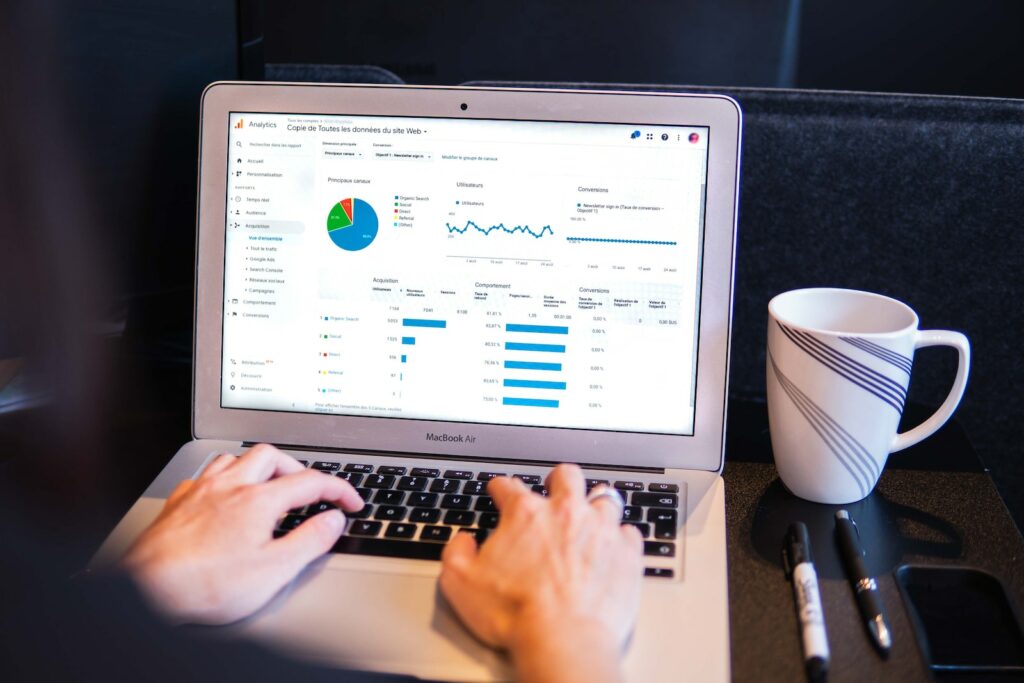Shopify is one of the most popular e-commerce platforms in the world, with over a million businesses using it to sell their goods and services online. One of the most important elements of any Shopify store is the product images. Product images are crucial for attracting customers and helping them make purchasing decisions. However, many online retailers overlook the importance of optimizing these images.
In this article, we’ll explore the benefits of optimizing your Shopify store’s images and share some tips on how to do it effectively.
Table of Contents
Why Optimizing Your Shopify Store’s Images Is Important
There are many reasons why optimizing your Shopify store’s images is important. Here are just a few:
1. Faster Page Load Times
One of the biggest benefits of optimizing your images is faster page load times. High-quality images are often large files, which can slow down your website. If your website takes too long to load, customers may become frustrated and leave before making a purchase.
By optimizing your images, you can reduce the file size and improve page load times. This will not only improve the user experience for your customers but also improve your website’s search engine rankings.
2. Better User Experience
Another benefit of optimizing your Shopify store’s images is a better user experience. When customers visit your website, they want to see high-quality images that accurately represent the products you’re selling. If your images are blurry or pixelated, customers may become confused or frustrated.
By optimizing your images, you can ensure that they are clear, sharp, and high-quality. This will improve the overall user experience and help customers make informed purchasing decisions.
3. Improved Search Engine Rankings
Search engine optimization (SEO) is an essential part of any e-commerce business. It’s the process of optimizing your website to rank higher in search engine results pages (SERPs).
One of the factors that search engines use to rank websites is page load times. By optimizing your images, you can improve page load times and improve your website’s search engine rankings. This will help you attract more organic traffic to your website and ultimately drive more sales.
4. Increased Conversions
Finally, optimizing your Shopify store’s images can lead to increased conversions. When customers can see high-quality images that accurately represent the products you’re selling, they are more likely to make a purchase. By optimizing your images, you can improve the user experience and increase the chances of a conversion.
Tips For Optimizing Your Shopify Store’s Images
Now that you know why optimizing your Shopify store’s images is important, let’s look at some tips on how to do it effectively.
1. Use High-Quality Images
The first step in optimizing your Shopify store’s images is to use high-quality images. This means using images that are clear, sharp, and accurately represent the products you’re selling. If your images are low-quality or pixelated, it can negatively impact the user experience and lead to lower conversions.
2. Compress Your Images
Once you have high-quality images, the next step is to compress them. Image compression is the process of reducing the file size of an image without sacrificing quality. This can help improve page load times and reduce the amount of bandwidth your website uses.
There are many tools available for compressing images, such as JPEG Optimizer and TinyPNG. You can also use Shopify’s built-in image optimization tool.
3. Use Alt Text
Alt text is a description that appears when an image fails to load. It’s also used by screen readers to describe images to visually impaired users. By including alt text for your images, you can improve your website’s accessibility and SEO.
When writing alt text, be sure to use descriptive language that accurately describes the image. Don’t try to cram in too many keywords, as this can actually hurt your SEO.
4. Use Descriptive File Names
Finally, be sure to use descriptive file names for your images. Instead of using generic names like “image1.jpg,” use names that accurately describe the product or image. This will help search engines understand what the image is and improve your website’s search engine rankings.
Conclusion
Optimizing your Shopify store’s images is an essential part of running a successful e-commerce business. By following the tips above, you can improve page load times, provide a better user experience, improve your search engine rankings, and increase conversions. Don’t overlook the importance of image optimization – it could be the key to unlocking new levels of success for your business.

